America’s National Parks are some of the most incredible places on Earth. Because of their natural beauty, many activities that were once commonplace are now prohibited within these parks. Before these 8 National Parks were designated, miners were exploring them for gold. They still contain rich gold deposits even today, but now they are completely off-limits to mining.
The gold will remain in the ground forever…
1. Yellowstone National Park (Idaho, Montana, Wyoming):
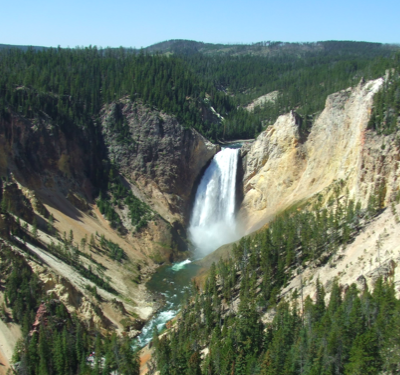
The geology of Yellowstone is unlike anywhere else on Earth. It probably comes as no surprise that there are a wide array of valuable minerals within the park boundary that would hold commercial value. In regards to gold, historical documents have eluded to gold being found in a few different areas in and around Yellowstone:
In recent years there was quite an uproar over a proposed mine development project by a Canadian Company in Paradise Valley just north of the park boundary. Environmental groups sued and eventually won, preventing the project from advancing.
2. Grand Canyon National Park (Arizona)
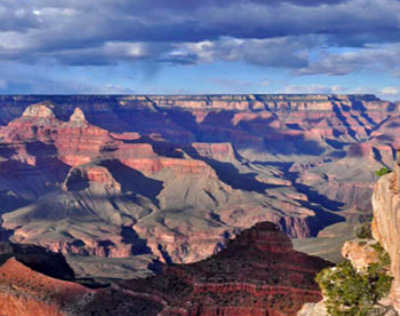
Gold exists in small quantities all throughout the Colorado, including the lengthy section that runs through the Grand Canyon. Mining has occurred here for almost as long as the first settlers arrived in the region.
The gold mines along the Colorado River where never very profitable. Most records indicate failed attempts to establish any mines of any significance. Individual miners would use pans and rocker boxes to extract a few ounces of gold from the gravel bars, but they rarely stayed for long. Some reports of early mining operations indicated several hundred ounces were recovered, but the efforts were always abandoned for richer grounds.
3. Yosemite National Park (California)
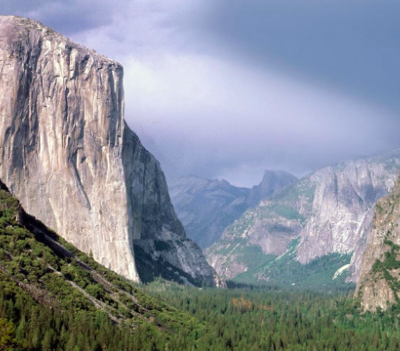
Yosemite National Park is one of the most visited parks in America. It is also part of Mariposa County, one of the richest counties in California and the site of the California Gold Rush. There is gold all throughout the Sierra Nevada Mountains, and there are many gold deposits that sit within the park boundary.
The two main river systems near the park are the Tuolumne River and the Merced River. Both of these are famous gold-bearing rivers that once had thousands of miners along their banks. The surrounding mountains were famous for their thick quartz veins that contained gold.
4. Olympic National Park (Washington)
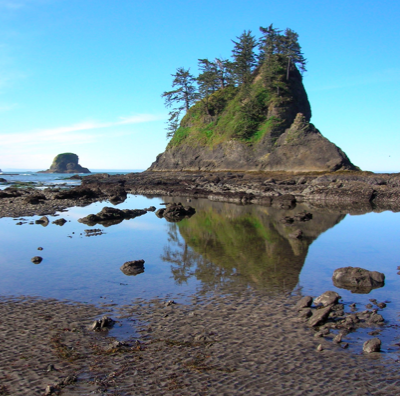
The many rivers and streams that flow through Olympic National Park once had prospectors searching their banks for gold. A few of the major rivers that are known to contain gold deposits include:
There was also a thriving beach mining boom along the sandy shores of Washington that was similar to those found at Nome, though not nearly as rich. Shi Shi Beach and the mouth of the Ozette River along the Pacific Ocean have gold in the beach sands.
5. Death Valley National Park (California, Nevada)
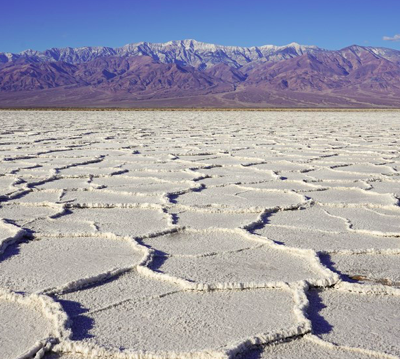
Despite the incredibly harsh conditions, miners once scoured every corner of Death Valley. Gold, among many other minerals were mined from this remote desert.
6. Glacier National Park (Montana)
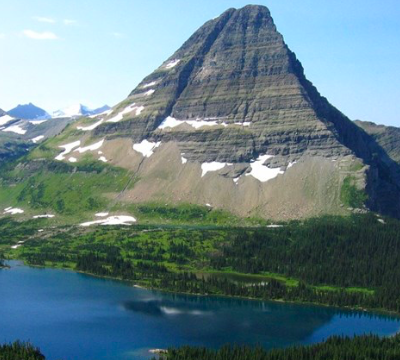
Western Montana has a long and rich history of gold mining. The rugged mountains within Glacier National Park and the creeks and rivers around it have long been known to contain gold. With the establishment of the park, no mining has taken place for many years, but a few areas nearby have been known for their gold deposits.
7. Joshua Tree National Park (California)
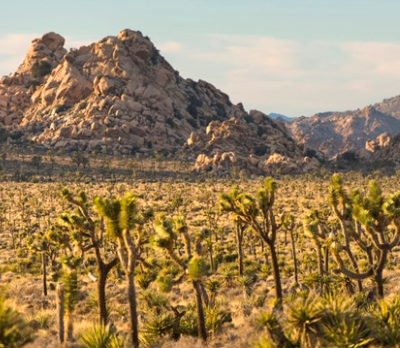
Joshua Tree sits next to the Old Dale Mining District, a major gold mining region in Southern California. Before the National Park existed, miners explored the desert and found many rich gold deposits. Many of the old mines and relics now within the park are popular tourist destinations.
8. North Cascades National Park (Washington)
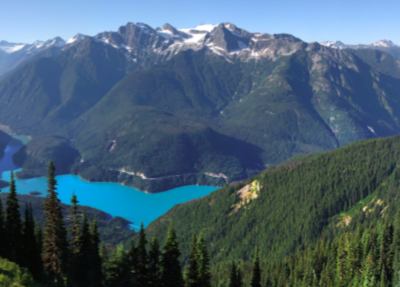
The rugged mountains of north-central Washington contain a wide variety of valuable minerals. Gold has been mined here since the 1860s. Gold could likely be panned from just about any creek that flows within the park, there are a few noteworthy areas of historical significance:
More about lost gold:
Lost Ship in the Desert: Buried Treasure in Southern California Ruggles Brothers Treasure – Stolen Gold in Redding, CA The Saddle Ridge Hoard – $10 Million Dollar Gold Treasure Found Emperor Maximilian’s Lost Mexican Treasure Butch Cassidy’s Last Job – The Bank of Montpelier Robbery The Lost Gunsight Mine in Death Valley







